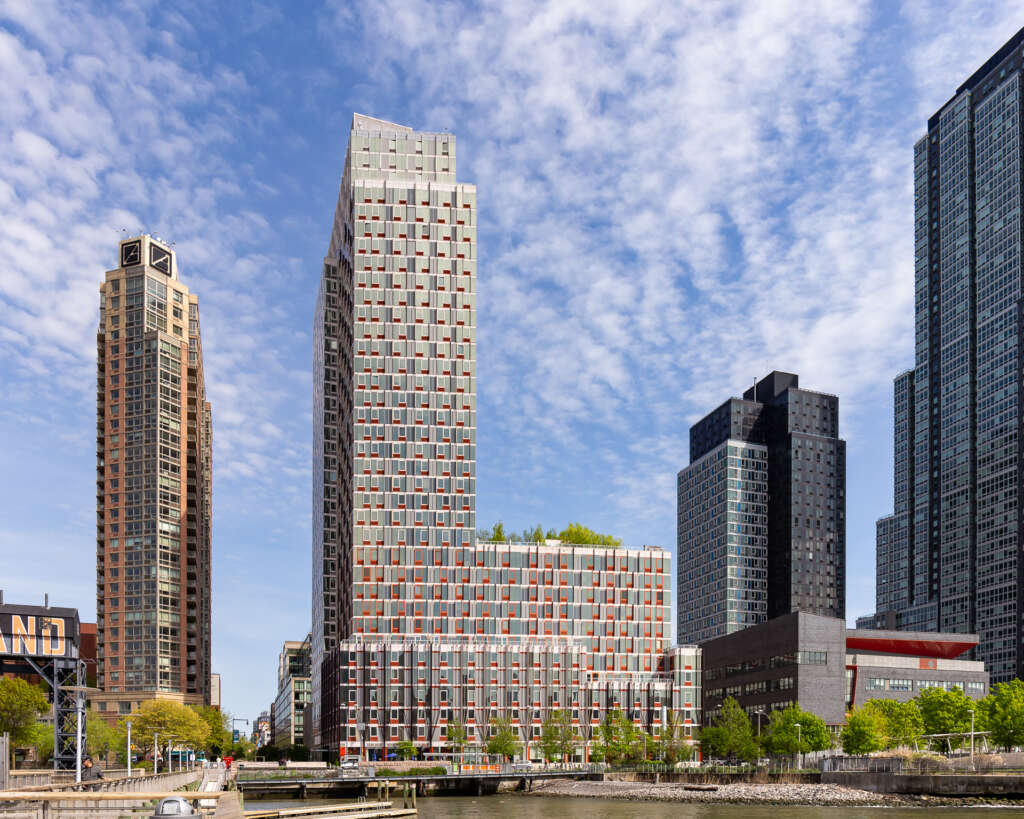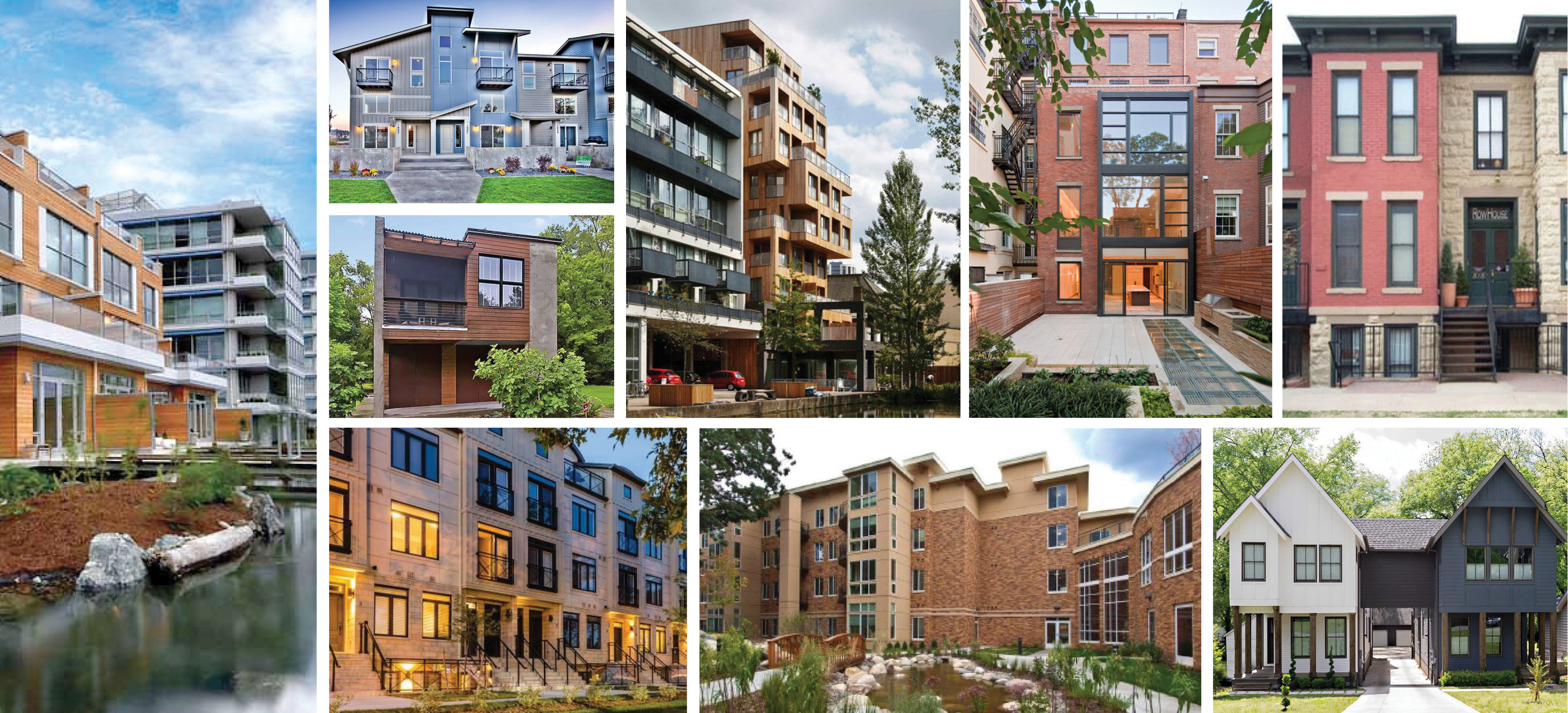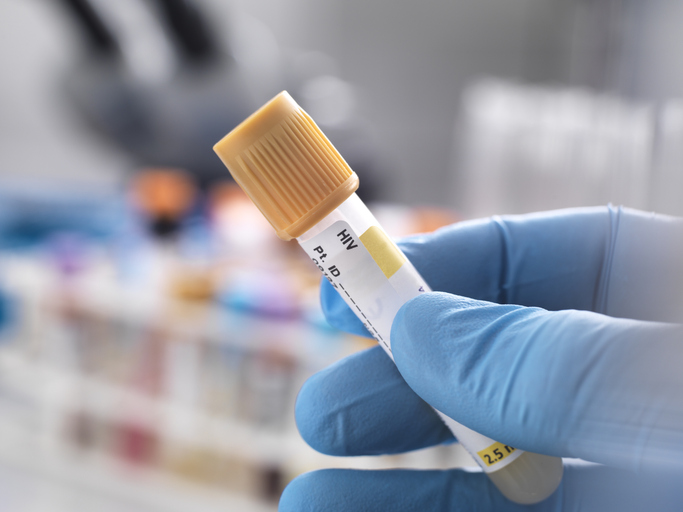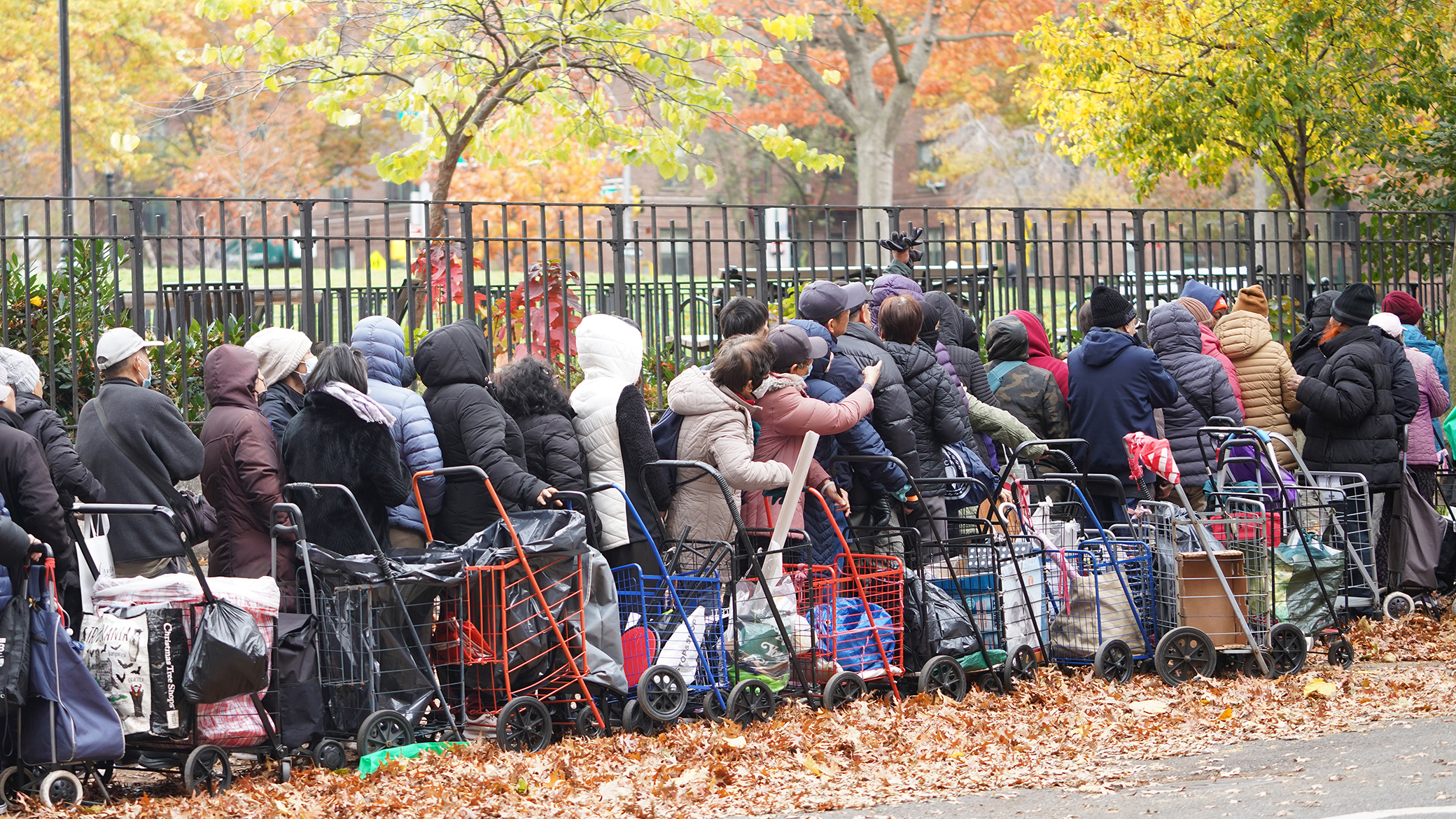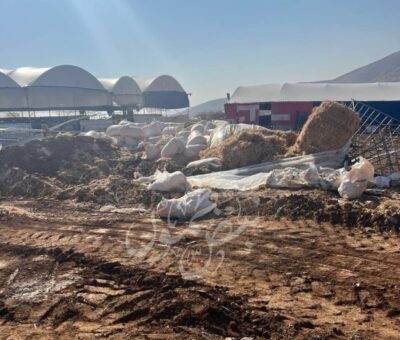Ensure access to water and sanitation for all
The UN explains: "Clean water is a basic human need, and one that should be easily accessible to all. There is sufficient fresh water on the planet to achieve this. However, due to poor infrastructure, investment and planning, every year millions of people — most of them children — die from diseases associated with inadequate water supply, sanitation and hygiene."
The charts below summarise progress towards improved water and sanitation access. More details can be found in the Our World in Data entry on Water Access, Resources and Sanitation.
The UN has defined 8 Targets and 11 Indicators for SDG 6. Targets specify the goals and Indicators represent the metrics by which the world aims to track whether these Targets are achieved. Below we quote the original text of all Targets and show the data on the agreed Indicators.
How is the world doing on this goal?
Target 6.1: Safe and affordable drinking water
UN definition: By 2030, achieve universal and equitable access to safe and affordable drinking water for all.
Safe drinking water
Definition: Indicator 6.1.1 is the Proportion of population using safely managed drinking water services.
A safely managed drinking water service is defined as one located on premises, available when needed and free from contamination.
Goal: By 2030 achieve universal and equitable access to safe and affordable drinking water for all.
More research: Further data and research on this topic can be found at the Our World in Data entry on Water Access, Resources & Sanitation.
Additional charts:
Number of people with access to safely managed drinking water
Safely managed drinking water, rural vs. urban
Drinking water service coverage in urban areas
Drinking water service coverage in rural areas
Share of population using at least basic water sources
Target 6.2: End open defecation and provide access to sanitation and hygiene
UN definition: By 2030, achieve access to adequate and equitable sanitation and hygiene for all and end open defecation, paying special attention to the needs of women and girls and those in vulnerable situations.
Safe sanitation and hygiene
Definition: Indicator 6.2.1 is the Proportion of population using (a) safely managed sanitation services and (b) a hand-washing facility with soap and water.
This is measured as the share of the population using safely managed sanitation facilities and at least basic handwashing facilities.
A safely managed sanitation facility is one where excreta is safely disposed of in situ or treated off-site. A basic handwashing facility is defined by a device to contain, transport or regulate the flow of water to facilitate handwashing with soap and water in the household.
Goal: By 2030 achieve access to adequate and equitable sanitation and hygiene for all and end open defecation.
More research: Further data and research on this topic can be found at the Our World in Data entry on Water Access, Resources & Sanitation.
Additional charts:
Number of people without safely managed sanitation facilities
Safely managed sanitation facilities, urban vs. rural
Sanitation facilities coverage in urban areas
Sanitation facilities coverage in rural areas
Share of population using basic handwashing facilities, urban vs. rural
Target 6.3: Improve water quality, wastewater treatment and safe reuse
UN definition: By 2030, improve water quality by reducing pollution, eliminating dumping and minimizing release of hazardous chemicals and materials, halving the proportion of untreated wastewater and substantially increasing recycling and safe reuse globally.
Safe sanitation and hygiene
Definition: Indicator 6.3.1 is the proportion of wastewater safely treated.
Goal: Halving the proportion of untreated wastewater and substantially increasing recycling and safe reuse globally by 2030.
More research: Further data and research on this topic can be found at the Our World in Data entry on Water Access, Resources & Sanitation.
Ambient water quality
Definition: Indicator 6.3.2 is the proportion of bodies of water with good ambient water quality.
Goal: By 2030 improve water quality by reducing pollution, eliminating dumping and minimizing release of hazardous chemicals and materials.
More research: Further data and research on this topic can be found at the Our World in Data entry on Water Access, Resources & Sanitation.
Target 6.4: Increase water use efficiency and ensure freshwater supplies
UN definition: By 2030, substantially increase water-use efficiency across all sectors and ensure sustainable withdrawals and supply of freshwater to address water scarcity and substantially reduce the number of people suffering from water scarcity.
Water use efficiency
Definition: Indicator 6.4.1 is the change in water-use efficiency over time.
Water efficiency is measured here in the SDG Tracker as a productivity metric, given as a country's total gross domestic product (GDP) divided by total freshwater withdrawals. Water-efficient economies are those which achieve a high gross domestic product (GDP) per unit of freshwater withdrawal.
Goal: By 2030 substantially increase water-use efficiency across all sectors.
More research: Further data and research on this topic can be found at the Our World in Data entry on Water Access, Resources & Sanitation.
Levels of freshwater stress
Definition: Indicator 6.4.2 is the level of water stress: freshwater withdrawal as a proportion of available freshwater resources.
Water scarcity or stress is defined as the total quantity of freshwater withdrawals as a share of internal resources. This includes water withdrawn from agricultural, industrial and domestic uses. Water stress is defined by the following categories: <10% is low stress; 10-20% is low-to-medium; 20-40% medium-to-high; 40-80% high; >80% extremely high.
Goal: By 2030 ensure sustainable withdrawals and supply of freshwater to address water scarcity and substantially reduce the number of people suffering from water scarcity.
More research: Further data and research on this topic can be found at the Our World in Data entry on Water Access, Resources & Sanitation.
Additional charts:
Water withdrawals per capita
Renewable water resources per capita
Target 6.5: Implement integrated water resources management
UN definition: By 2030, implement integrated water resources management at all levels, including through transboundary cooperation as appropriate.
Integrated water management
Definition: Indicator 6.5.1 is the degree of integrated water resources management implementation (0–100).
This metric assesses the status of national development and implementation of Integrated Water Resource Management (IWRM) plans across the world.
Goal: By 2030, implement integrated water resources management at all levels, including through transboundary cooperation as appropriate.
More research: Further data and research on this topic can be found at the Our World in Data entry on Water Access, Resources & Sanitation.
Transboundary water cooperation
Definition: Indicator 6.5.2 is the proportion of transboundary basin area with an operational arrangement for water cooperation.
Goal: By 2030, implement integrated water resources management at all levels, including through transboundary cooperation as appropriate.
Target 6.6: Protect and restore water-related ecosystems
UN definition: By 2020, protect and restore water-related ecosystems, including mountains, forests, wetlands, rivers, aquifers and lakes.
Protect and restore water-related ecosystems
Definition: Indicator 6.6.1 is the change in the extent of water-related ecosystems over time.
Goal: By 2020, protect and restore water-related ecosystems, including mountains, forests, wetlands, rivers, aquifers and lakes.
The target is set to be achieved by 2020, unlike most SDG targets which have a timeline of 2030.
Target 6.A: Expand water and sanitation support to developing countries
UN definition: By 2030, expand international cooperation and capacity-building support to developing countries in water- and sanitation-related activities and programmes, including water harvesting, desalination, water efficiency, wastewater treatment, recycling and reuse technologies.
Water and sanitation support
Definition: Indicator 6.A.1 is the amount of water- and sanitation-related official development assistance that is part of a government coordinated spending plan.
This metric is assessed as the total official development assistance (ODA) allocated to water- and sanitation-related programmes. ODA is reported as the total per recipient country in constant 2015 US$ per year.
Goal: By 2030, expand international cooperation and capacity-building support to developing countries in water- and sanitation-related activities and programmes.
More research: Further data and research on this topic can be found at the Our World in Data entry on Water Access, Resources & Sanitation.
Target 6.B: Support local engagement in water and sanitation management
UN definition: Support and strengthen the participation of local communities in improving water and sanitation management.
Local participation in sanitation management
Definition: Indicator 6.B.1 is the proportion of local administrative units with established and operational policies and procedures for participation of local communities in water and sanitation management.
Goal: By 2030 support and strengthen the participation of local communities in improving water and sanitation management.
